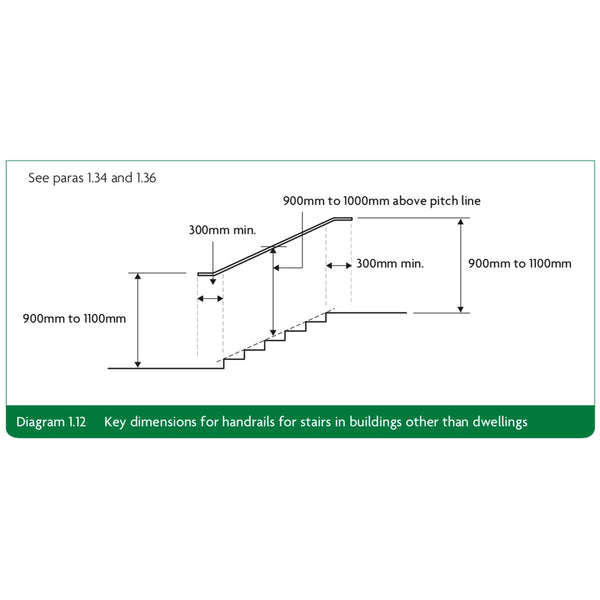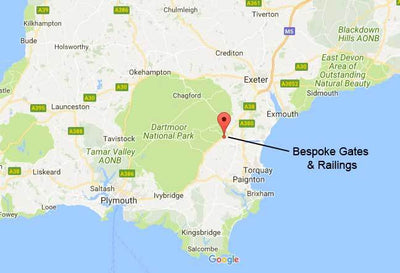Building Regulations
The UK law concerning fences, walls and gates
Planning permission
- If the new fence or wall borders or adjoins a public highway used for vehicles you may need planning permission if it is higher than 1 metre.
- Fences or railings within 3 metres of a road edge should not be more than 1 metre in height. Otherwise anything up to 6,6 feet is normally acceptable, any higher requires planning permission.
- You will require planning permission for any new fence, gate or wall over 2m in height.
- You do not require planning permission to grow a thorny plant along the top of your 2m fence (providing there are no support structures over 2 metres) unless there are covenants or restrictions. Check with your local planning authority.
- If you live in an area, which has open planned front gardens there is likely to be a covenant restricting the erection of any fence or hedge to the front of the dwelling and you must therefore refer to the local planning authority before you carry out any work.
- If you live in a listed building or your property borders a listed building then you may need planning permission before you carry out any work on your boundary fence or wall.
- Before you carry out any work on your boundaries do check with the local planning authority first to see if there are any restrictions or if you need planning permission
Park K – HM Government “Protection from falling collision and impact” regulations 2013. Railings, Stairs and Handrails.
- A fall or drop of more than 600mm (2 feet) must be guarded by a rail which is no less than 1100 mm high.
- A sphere of 100mm in diameter must not be able to pass through any gap, this means upright bars must be no more than 99mm apart.
- For a hand rail going up or down stairs the 100mm sphere rule applies and the handrail must be 900mm high.
- On one part of the regulations it appears that the handrail at the platform at the top of steps can be 900 to 1,100mm, apparently contradicting the usual 1,100mm rule. On enquring with the government building regulation department they replied to say that if the top landing is considered to also be used as a balcony area or for any other use than to simply gain entrance to a property then this area would be required to have the balustrade at 1,100mm minimum from the platform level. A good rule of thumb is to ensure the 1,100mm rule is adhered to unless the platform is a square with each side not longer than the width of the stairs. (This comment from the department makes the rule of 1,100mm and when 900 to 1,100 mm can be used for balustrade rail heights more clear). See that the definition goes further into detail depending on the location use as residential or commercial.
Click here to download PDF of Government document "Building regulations 2010"
The image below is reproduced permission under "Crown Copyright 2013" - Part K1 - page 15. diagram 1.12

Other acts that may be of use to you in planning your gates and railings installation:
Highways Act 1980
Section 164 (Injurious toppings)
The term ‘nuisance’ has been interpreted to mean something that is likely to cause injury to people and animals using the highway and most highway authorities consider things that can cause injury lower than 2.4m to be a nuisance.
If you fall foul of this law you will be issued with a notice requiring you to remove the danger within a specific time period.
Occupiers’ Liability Act 1957
The 1957 Act deals with lawful visitors to your home and places a duty of care on you to ensure the safety of those visitors whilst on your premises. You cannot be charged with any offences under this Act, but it can be used to sue you through the civil courts.
Occupiers' Liability Act Section 2, clauses (1) – (3) states the following:
Extent of occupier’s ordinary duty
(1) An occupier of premises owes the same duty, the “common duty of care”, to all his visitors, except in so far as he is free to and does extend, restrict, modify or exclude his duty to any visitor or visitors by agreement or otherwise.
(2) The common duty of care is a duty to take such care as in all the circumstances of the case is reasonable to see that the visitor will be reasonably safe in using the premises for the purposes for which he is invited or permitted by the occupier to be there.
(3) The circumstances relevant for the present purpose include the degree of care, and of want of care, which would ordinarily be looked for in such a visitor, so that (for example) in proper cases—
(a) an occupier must be prepared for children to be less careful than adults; and
(b) an occupier may expect that a person, in the exercise of his calling, will appreciate and guard against any special risks ordinarily incident to it, so far as the occupier leaves him free to do so.
Occupiers’ Liability Act 1984
The 1984 Act deals with trespassers on your land and in your home, but only applies to personal injury (unlike the 1957 Act that also includes damage and loss to the visitor’s property). A ‘trespasser’ has a wide meaning and can be a thief about to burgle your home, but could be a child attempting to retrieve his ball.
Occupiers' Liability Act Section 1 clause (3) states the following:
Duty of occupier to persons other than his visitors
(3) An occupier of premises owes a duty to another (not being his visitor) in respect of any such risk as is referred to in subsection (1) above if —
(a) he is aware of the danger or has reasonable grounds to believe that it exists;
(b) he knows or has reasonable grounds to believe that the other is in the vicinity of the danger concerned or that he may come into the vicinity of the danger (in either case, whether the other has lawful authority for being in that vicinity or not); and
(c) the risk is one against which, in all the circumstances of the case, he may reasonably be expected to offer the other some protection.
Importantly clause (5) of the Act states:
(5) Any duty owed by virtue of this section in respect of a risk may, in an appropriate case, be discharged by taking such steps as are reasonable in all the circumstances of the case to give warning of the danger concerned or to discourage persons from incurring the risk.
Therefore clear signage warning of an injurious topping on your wall or fence will limit your liability providing that signage is specific to the risk, e.g. ‘Danger of Injury Do not climb over spikes’ and the danger can be seen. It therefore follows that you should not put injurious toppings on the inside face of a fence or wall (such as carpet gripper) or otherwise hide them, even if you have put up warning signs.
It is largely due to the Occupiers’ Liability Acts that residents tend to use prickly shrubs to deter fence climbing as these naturally growing defenders are outside the legislation.
Please do not rely on this page or our website or any communications or documents from Besgara as building or planning permission advice or guidance. You are responisble for your own adherence to planning and guideliines and building regulations. This page may not keep up to date with any changes in regulation so please be sure to consult the appropriate government department or agency to check that your intended or desired railings will conform to the planning and building regulations for your property. See our terms and conditions for more details.
Further reading
The above references to Acts of Parliament are only parts of the full Acts. If you want to read them in full (and you may need to) please follow this link This link also gives you access to legislation in Northern Ireland, Scotland and Wales.


